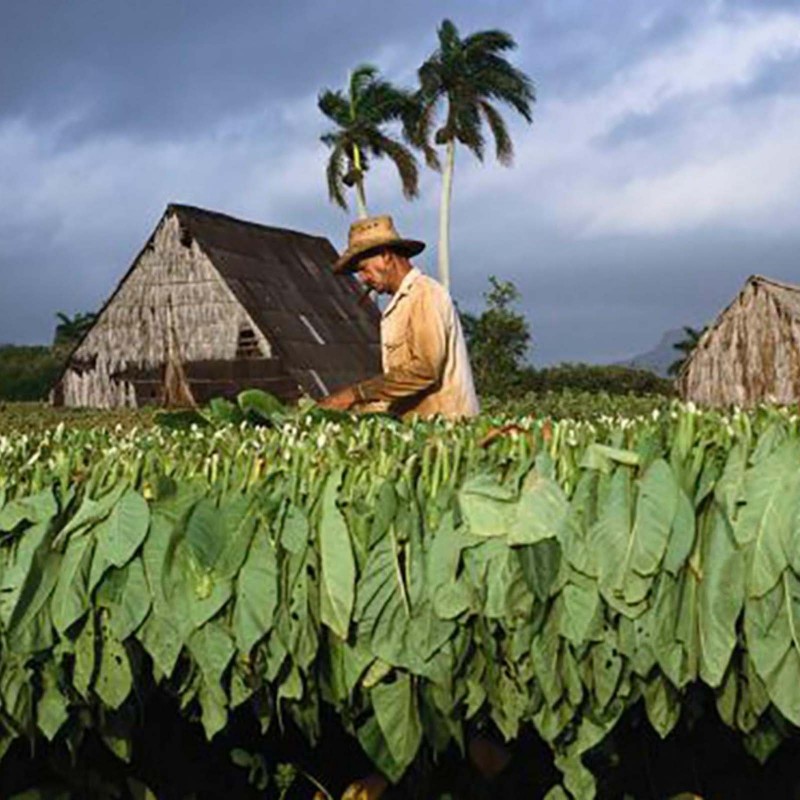- −15%

Denna produkt kan inte betalas med PayPal eller kort

Denna produkt kan inte betalas med PayPal eller kort






The origin of White Burley tobacco was credited to a Mr. Webb in 1864, who grew it near Higginsport, Ohio, from seed from Bracken County, Kentucky. He noticed it yielded a different type of light leaf shaded
The origin of White Burley tobacco was credited to a Mr. Webb in 1864, who grew it near Higginsport, Ohio, from seed from Bracken County, Kentucky. He noticed it yielded a different type of light leaf shaded from white to yellow, and cured differently. By 1866, he harvested 20,000 pounds of Burley tobacco and sold it in 1867 at the St. Louis Fair for $58 per hundred pounds. By 1883, the principal market for this tobacco was Cincinnati, but it was grown throughout central Kentucky and Middle Tennessee. In 1880 Kentucky produced 36 percent of the total national tobacco production, and was first in the country, with nearly twice as much tobacco produced as by Virginia, then the second-place state.Later the type became referred to as burley tobacco, which is air-cured.
Seeds should be surface sown in fertile, well-draining loam in full sun. The soil should be deeply tilled. They are best off being direct sown after any danger of frost or sown in trofts outside and transplanted to the ground when about two inches tall. They can also be started indoors for an early start. This also helps prevent them from being carried away by the wind or water. Tabacum is considered a perennial in warmer climates, but can be grown elsewhere as an annual. Thin plants to about two feet apart, and cut off the flowering tops to increase leaf size. Flowering requires 14 hours of daylight to begin. Remove dead flowers to encourage new ones to emerge. Regular fertilization is recommended. Germination typically takes 10-20 days.
Datablad

 Reviews (0)
Reviews (0)